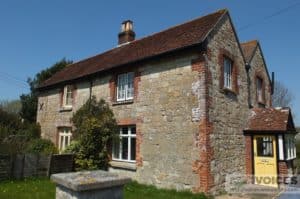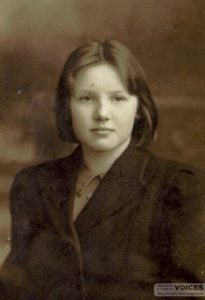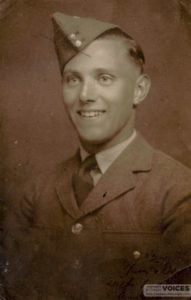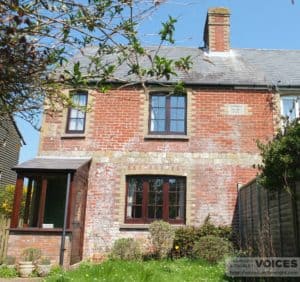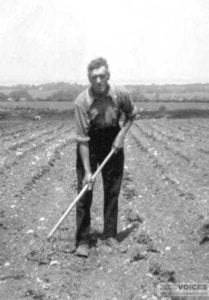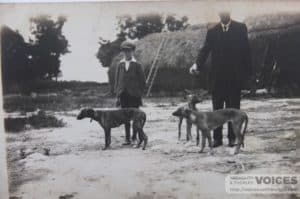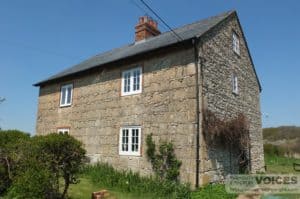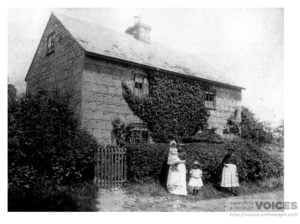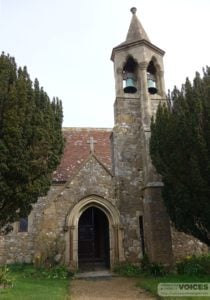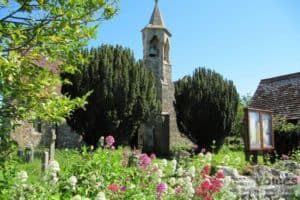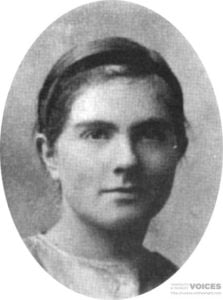Charlie Courtney lived in the cottage next door to the Hilliers. He worked at Newclose. Charlie Bryne, the man who lived in Whitewalls Cottage, the next house down, had an orchard and I remember getting told off a few times, along with other local children, for scrumping apples.
On the other side of the barn in Whitewalls lived Mr and Mrs Frank Squibb and next to them in Woodmans, lived Miss Drake. Further up the road, past the field next to Hilly’s house, in Upper Place, lived the man you would take your tom cat to if you wanted it to be neutered. Pam Bone nee Cotton b 1948
t

